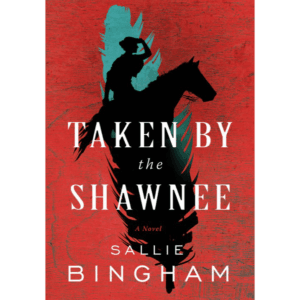 Recently I was reflecting with my good friend John on the fruits of the past five years. I’d begun by bewailing the lack of attention that had been paid to my biography of Doris Duke, The Silver Swan, which had cost me ten years of research and writing. To my amazement, John pointed out that it is still selling on Amazon, in small amounts, but steadily.
Recently I was reflecting with my good friend John on the fruits of the past five years. I’d begun by bewailing the lack of attention that had been paid to my biography of Doris Duke, The Silver Swan, which had cost me ten years of research and writing. To my amazement, John pointed out that it is still selling on Amazon, in small amounts, but steadily.
We then examined the same results for my other books published since 2020. The results were somewhat the same. I was amazed, I was gratified, and I was reminded yet once again to place little faith in my late-night musings, which always tend to be dark.
So here’s the rundown:
- 2020: The Silver Swan: In Search of Doris Duke, Farrar, Straus & Giroux
- 2020: Treason, Sarabande Books
- 2022: Little Brother, Sarabande Books
- 2024: Taken By the Shawnee, Turtle Point Press
- 2025: How Daddy Lost His Ear, Turtle Point Press
It has taken many years, many rejections, disappointments and sidetracks, to get to the place I wanted to be when I published my first book in the 1960s. A lot of what I’ve often called lost time. But that lost time—births, children, friends, husbands, lovers, vacations, activism, philanthropy—turns out not to be lost time but what I’ll now call “marinating.”
Here are the results.
Three of these four books draw on the letters in my mother’s blue box, found after her death at the top of her closet by my sister. I owe her a huge debt of gratitude for turning the blue box over to me.
The first book came from the top layer of letters in this many-layered box. It is called The Blue Box: Three Lives in Letters, published by Sarabande Books outside the time frame of this essay in 2014. The elisions I found in these detailed accounts by my mother, grandmother and great-grandmother provided me with my entry into writing historical fiction.
Women letter writers in the past tended to be too discreet. They came from a tiny sliver of elite, educated white women, and along with their education, they had swallowed notions of privacy and circumlocution—and of course later there had also been edits by their descendants—that means a lot of what is interesting to readers was only hinted out, or left out entirely.
For example, the fact that my Irish great-grandfather was dying of tuberculosis when he married my great-grandmother is not mentioned; it’s only possible to surmise that he was already sick because he died a few years after their marriage. Who knew he had TB? Why was it concealed? Here is where the honest and informed writer of historical fiction fills the gap.
The next book in my list, Little Brother, depended on and drew from the few letters my younger brother Jonathan left behind when he died at 21. The blue box also contained his diary, written during the last weeks before he dropped out of Harvard. Jonathan was less hamstrung by discretion than his female relatives yet the complexity of his conflicting emotions is only delicately hinted at in an era when relationships between men were carefully scrutinized and criticized.
Then comes Taken by the Shawnee. Margaret Erskine’s dictated account of her capture and subsequent life with the Shawnee is, again, full of curious gaps, but since I was able to find many published accounts of that time and place, I could tell her story in all its complexity.
Since my local bookstore, Garcia Street Books, is still re-ordering copies of Taken by the Shawnee every two weeks, John and I decided to run the interview he first taped a year ago to introduce that historical novel. I’ve had to admit that I don’t, after all, look too terrible in that interview, a humbling admission of my long-lived vanity!
Far more important, I’m so very grateful for all my readers who keep me and my books alive.





I like your writings, I can relate to you. If I had been persevering and seriously aware of my interests in writing, I could have told the interesting bedtime stories of my grandparents.Thank you for fb friendship.
Eudora Welty’s One Writer’s Beginnings: “And suddenly a light is thrown back, as when your train makes a curve,
showing that there has been a mountain of meaning rising behind you on the way you’ve come,
is rising there still, proven now through retrospect.”